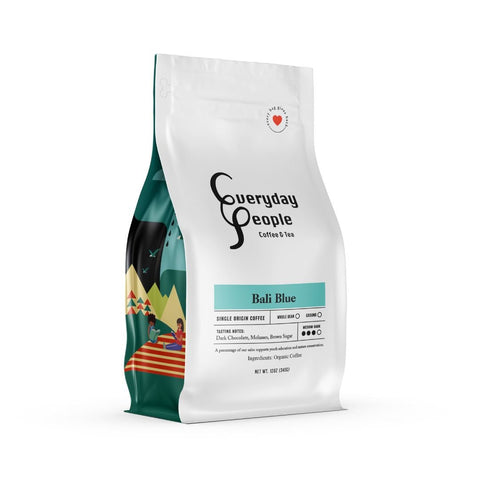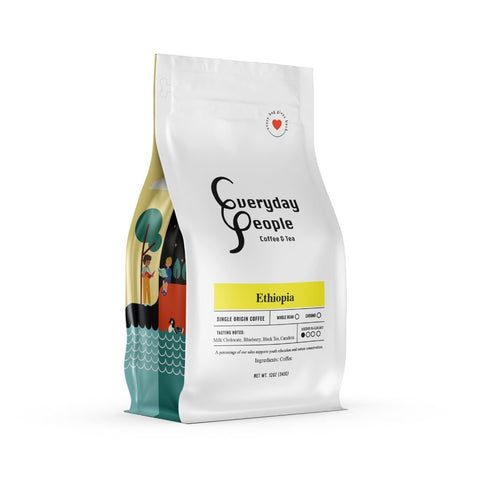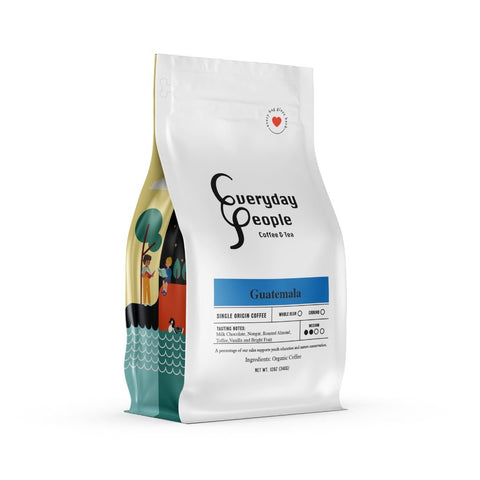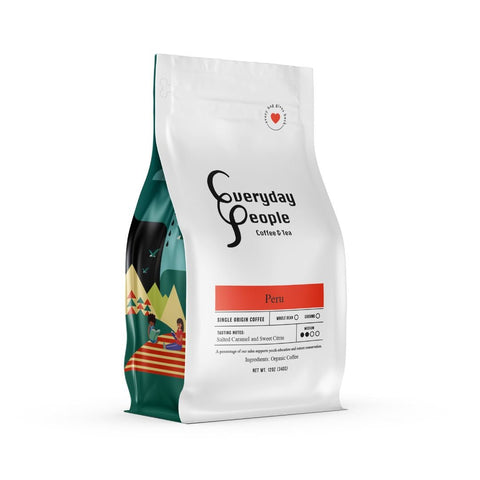Peru
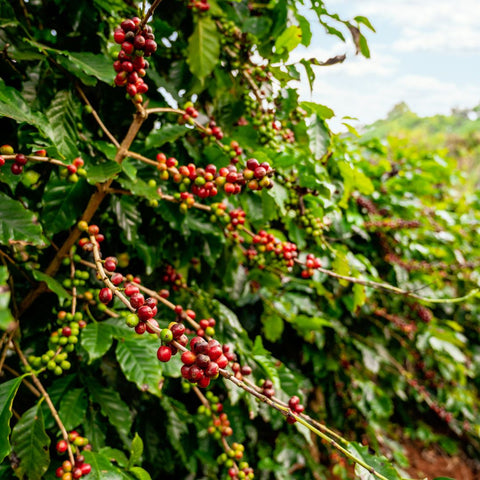
Peru is the ninth largest coffee producer in the world, and the third largest in South America. Most of Peru’s coffee farms are less than 2-3 hectares in size, and spread across three main growing areas – these are usually defined as North (Amazonas, Cajamarca, San Martin), Central (Junin) and South (Cusco, Ayacucho and Puno).
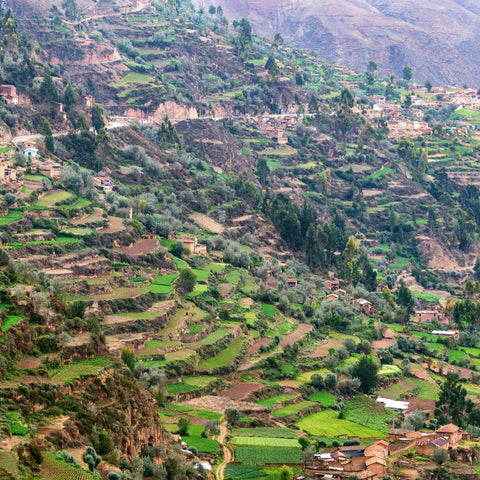
Details
Tasting Notes: Medium Acidity, Smooth Body, Lemon, Herbal, Chocolate
Process: Washed
Region:Amazonas
Grower: The Asociacion de Productores Cafetaleros Juan Marco El Palto (JUMARP)
Altitude: 1600-1800 M
Varietals: Typica, Castillo, Bourbon, and Catimor
Certifications: Fairtrade®, Organic
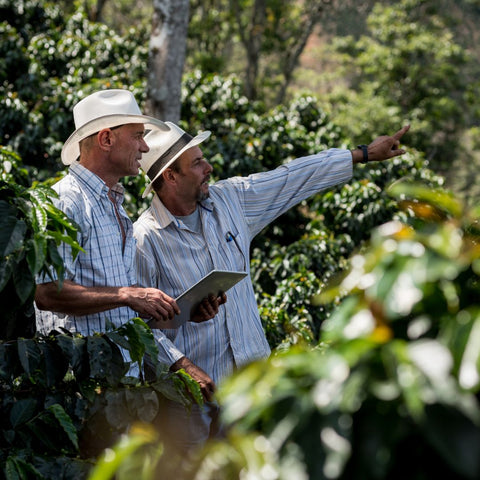
JUMARP, or La Asociación de Productores Cafetaleros Juan Marco “El Palto,
- JUMARP, or La Asociación de Productores Cafetaleros Juan Marco “El Palto,” brings together farmers from the El Palto area in the Yamón district of the Utcubamba province, located in the Amazonas region of northern Peru.
- Founded in 2003 by José Carranza Barboza and 35 smallholder farmers, JUMARP emerged with the vision of creating a new model for growing and exporting coffee, including a robust program for quality enhancement.
- Since coffee production in the region began in the 1950s, farming practices had heavily relied on agro-chemicals.
- Over decades, the founding members recognized the strength in unity for commercializing their coffee and decided to pursue sustainable coffee production that harmonizes with the native forest.
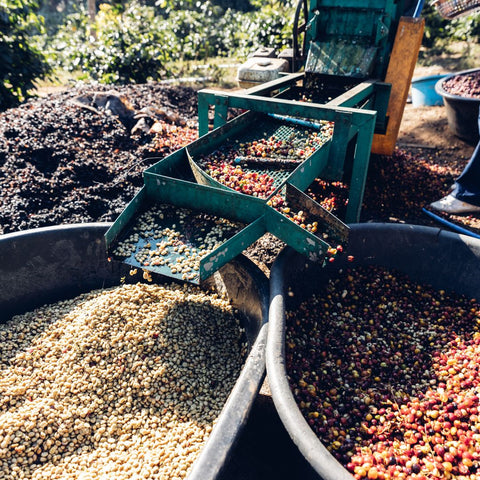
- Today, JUMARP comprises 350 members and is managed by a team of 12 individuals. Members benefit from personalized technical assistance and social support, such as healthcare credits and funeral services.
- The cooperative also provides coffee marketing services for both national and international markets, adhering to strict quality standards, and holds FTO certification. To ensure democratic decision-making, JUMARP prioritizes channeling market knowledge to producers, enabling them to make informed and participatory choices.
- These values are reflected in their exceptional coffee, which features notes of passionfruit, guava, nectarine, and butterscotch. They cultivate varieties such as Caturra, Typica, and Catimor at elevations ranging from 1300 to 1800 meters above sea level.
- Their farms are situated in the “Selva Alta” microclimate, a specific type of dense, humid forest ecosystem found in Peru and Mexico.

